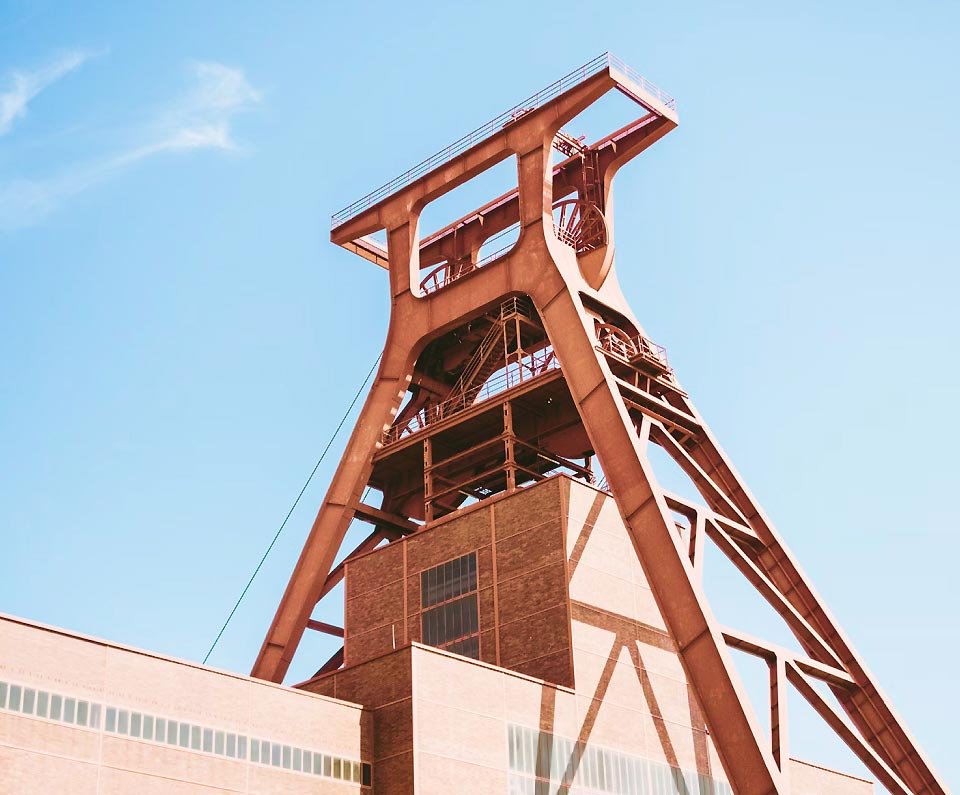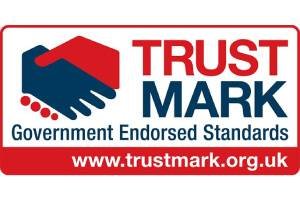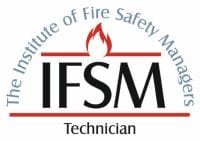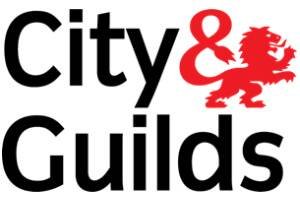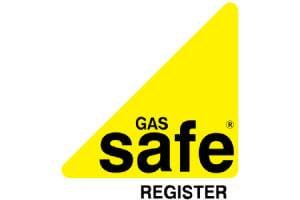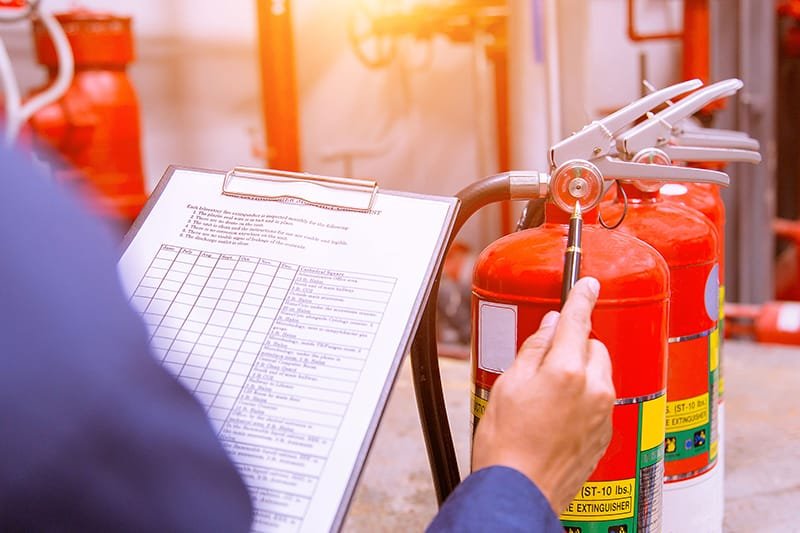
A Fire Risk Assessment Certificate is an essential document for businesses and landlords. It serves to validate that a thorough evaluation of fire hazards has been conducted. This assessment not only identifies potential risks but also guarantees compliance with safety regulations. Understanding the nuances of this certificate can greatly impact operational safety and legal standing. As the need for such certifications grows, organizations must consider the implications of not having one.
Key Takeaways
- A Fire Risk Assessment Certificate is essential for legal compliance and safety assurance for businesses and landlords under the Regulatory Reform (Fire Safety) Order 2005.
- Regular assessments are required to identify fire hazards and ensure that risks are managed effectively, preventing potential penalties.
- Engaging a qualified professional for the assessment enhances accuracy and provides valuable insights into necessary fire safety measures.
- Holding this certificate can lower insurance premiums and improve stakeholder trust by demonstrating a commitment to fire safety.
- Budgeting for assessments includes initial costs and potential expenses for necessary improvements to meet compliance and maintain ongoing safety.
What Is a Fire Risk Assessment Certificate?
A Fire Risk Assessment Certificate serves as an official document that verifies the completion of a thorough evaluation of fire hazards within a property. This certificate is issued following a meticulous assessment, where potential risks are identified and analyzed, ensuring that appropriate precautions are in place.
It reflects a commitment to maintaining a safe environment, fostering a sense of security for occupants and visitors alike. The certificate provides essential insights into fire safety measures, including escape routes, alarm systems, and fire-fighting equipment.
By obtaining this document, property owners demonstrate their dedication to safeguarding lives and property from fire hazards. It also serves as a valuable resource for insurance purposes, enhancing credibility in the eyes of stakeholders.
In a world where individual freedom is paramount, understanding and implementing fire safety measures empowers property owners to protect their spaces, promoting peace of mind and a culture of safety.
Why a Fire Risk Assessment Is Essential for Safety and Compliance
Obtaining a Fire Risk Evaluation Certificate is essential for ensuring safety and compliance with fire regulations. This certificate serves not only as a legal requirement but also as a critical safeguard for individuals and property. Evaluating potential fire hazards allows businesses and landlords to take proactive measures, fostering an environment where freedom from fear is paramount.
| Benefits | Consequences of Neglect |
|---|---|
| Peace of mind | Increased risk of fire incidents |
| Legal compliance | Potential fines and legal actions |
| Enhanced safety protocols | Loss of property and life |
| Positive reputation | Damage to business credibility |
Incorporating fire safety measures as part of everyday operations empowers individuals to embrace their freedom without the looming threat of fire hazards. The Fire Risk Evaluation Certificate embodies this commitment to safety, enabling a proactive approach to risk management.
Who Needs a Fire Risk Assessment in the UK?
Who requires a Fire Risk Assessment in the UK? This certificate is crucial for various stakeholders, primarily business owners, landlords, and property managers.
In settings such as offices, retail spaces, and residential buildings, guaranteeing fire safety is not merely a suggestion but a necessity. Those responsible for non-domestic properties must conduct a thorough fire risk assessment to identify potential hazards and implement necessary precautions.
Additionally, landlords renting residential properties have an obligation to guarantee tenant safety through proper fire risk management.
Any establishment that accommodates the public, whether temporarily or permanently, also falls under this requirement. Ultimately, the certificate serves as an indication of a proactive approach towards fire safety, granting peace of mind to all involved.
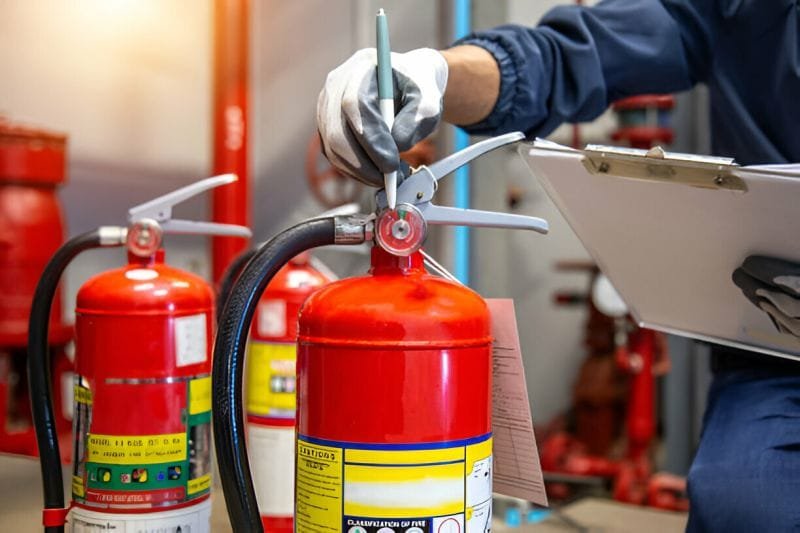
The Legal Requirements Behind a Fire Risk Assessment
Fire safety legislation in the UK mandates that responsible parties conduct fire risk assessments to guarantee compliance and protect lives.
The Regulatory Reform (Fire Safety) Order 2005 outlines the legal obligations for businesses and landlords, requiring them to identify fire hazards, assess risks, and implement appropriate safety measures. These assessments must be regularly reviewed and updated, particularly when significant changes occur within the premises or their use.
Failure to comply can result in severe penalties, including fines or imprisonment, highlighting the importance of adhering to these legal requirements.
Additionally, maintaining a fire risk assessment certificate demonstrates a commitment to safety, ensuring that both employees and visitors are protected.
Within this framework, understanding and fulfilling legal obligations is not just about compliance; it reflects a broader commitment to fostering a safe environment for all, thereby enhancing the sense of freedom within a well-managed space.
Key Benefits of Holding a Fire Risk Assessment
Holding a fire risk assessment certificate brings numerous advantages for businesses and property owners. This certification not only demonstrates a commitment to safety but also empowers them to create a secure environment for all occupants.
Key benefits include:
- Enhanced Safety: By identifying potential fire hazards, businesses can implement measures to minimize risk, ensuring a safer space for employees and visitors.
- Legal Compliance: A valid fire risk assessment certificate helps fulfill legal obligations, reducing the likelihood of penalties while fostering trust with clients and stakeholders.
- Insurance Benefits: Many insurers offer lower premiums to those with a fire risk assessment certificate, recognizing their proactive approach to risk management.
In essence, this certification serves as proof of a responsible approach to safety, allowing businesses and property owners to focus on growth and the freedom to innovate without the looming worry of fire-related incidents.
What the Fire Risk Assessment Process Involves
When a business or property owner begins the fire risk assessment certificate process, they must first conduct a thorough evaluation of their premises. This involves identifying potential fire hazards, determining the risk of ignition, and considering the presence of flammable materials.
The next step requires reviewing existing safety measures, such as fire alarms, extinguishers, and escape routes. It is essential to engage qualified professionals or use standardized assessment tools to guarantee a detailed analysis.
Following the evaluation, the property owner must document their findings, including identified risks and recommended improvements. This documentation serves as the foundation for the fire risk assessment application.
Upon completion, the application is submitted to the relevant authority or fire safety organization for review. The entire process culminates in the issuance of the certificate, signifying compliance with fire safety regulations and a commitment to safeguarding lives and property.
How Often Should You Renew Your Fire Risk Assessment Certificate?
How frequently should a fire risk assessment certificate be renewed? Businesses and landlords must consider various factors to guarantee compliance and safety. Typically, the certificate should be updated:
- Every 12 months: Regular annual assessments help maintain a current understanding of fire risks.
- When significant changes occur: Any alterations to the property, such as renovations or changes in occupancy, necessitate a new assessment to address potential new hazards.
- Following an incident: If a fire or near-miss event occurs, it is vital to reassess the risks to prevent future occurrences.
Maintaining a valid fire risk assessment not only fulfills legal obligations but also promotes a culture of safety.
Confirming this document is current empowers businesses and landlords to create safer environments, ultimately supporting the freedom to operate without fear of fire-related incidents.
Regular renewal is essential for protecting lives and properties.
Risks of Not Having a Valid Fire Risk Assessment
Failing to maintain a valid fire risk assessment can expose businesses and landlords to significant legal and financial repercussions. Without this essential documentation, they may face hefty fines or legal actions due to non-compliance with fire safety regulations.
The absence of a valid certificate undermines the credibility of the organization, potentially leading to reputational damage that can deter clients and customers.
Moreover, in the event of a fire, the lack of a proper assessment could result in increased liability for damages and injuries, as courts often scrutinize adherence to safety standards.
Insurers may also deny claims if a valid fire risk assessment certificate is not in place, further amplifying financial woes.
Ultimately, neglecting this administrative duty not only jeopardizes the safety of occupants but also threatens the operational freedom and longevity of the business or property in question.
How to Obtain a Fire Risk Assessment for Your Property
Obtaining a fire risk assessment certificate for a property involves several vital steps to secure compliance with safety regulations.
First, property owners should conduct a thorough fire risk assessment, identifying potential hazards and evaluating existing safety measures.
Key steps include:
- Engage a Qualified Professional: Hire a certified fire risk assessor with experience in the relevant sector to guarantee an accurate evaluation.
- Document Findings: Clearly record any identified risks along with recommendations for mitigating them, which is essential for transparency and compliance.
- Implement Recommendations: Address any necessary changes or improvements to enhance fire safety before applying for the certificate.
Once these steps are completed, the property owner can apply for the fire risk assessment certificate.
This certificate serves not only as proof of compliance but also as a commitment to maintaining a safe environment for all occupants.
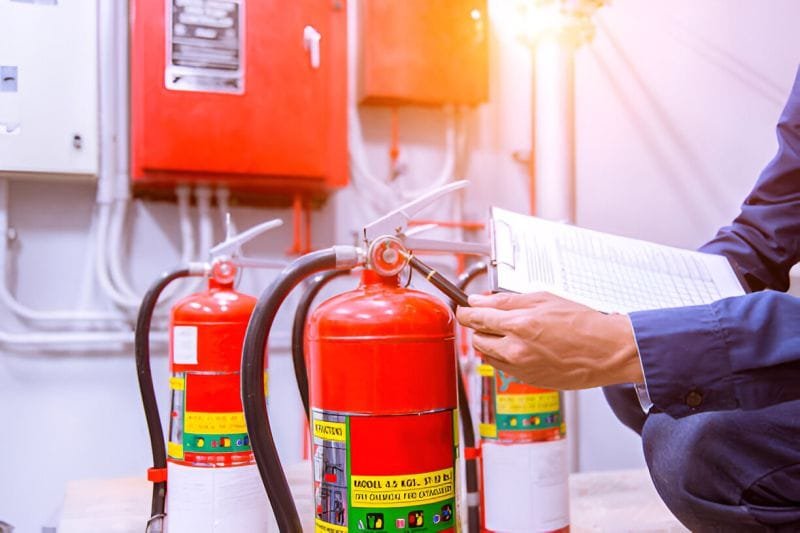
Fire Risk Assessment Certificate Costs: What to Expect
The cost of obtaining a fire risk assessment can vary widely, typically ranging from a few hundred to several thousand dollars, depending on various factors.
Key influences include the size and complexity of the property, the level of risk involved, and the specific requirements mandated by local regulations. Smaller residential properties may incur lower costs, while larger commercial buildings generally demand more thorough assessments, leading to higher fees.
Furthermore, the choice between hiring a qualified professional or conducting a self-assessment impacts overall expenses. Professionals often provide detailed reports and recommendations, adding value but also increasing costs.
Businesses and landlords should budget accordingly, factoring in not just the initial assessment but also potential follow-up evaluations and necessary improvements to guarantee compliance.
Understanding these variables allows property owners to make informed decisions, enhancing safety while maintaining financial freedom.
Frequently asked questions.
Conclusion
To summarize, a Fire Risk Assessment Certificate is an essential component for businesses and landlords, ensuring compliance with legal requirements and enhancing safety for occupants. By conducting a thorough assessment and obtaining this certificate, organizations not only protect lives and property but also reinforce their credibility with stakeholders. Regular renewal and adherence to safety measures demonstrate a commitment to proactive risk management, ultimately fostering a secure environment for all involved.

